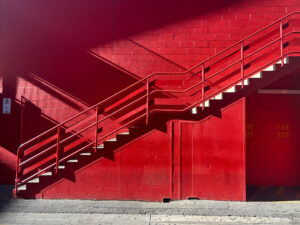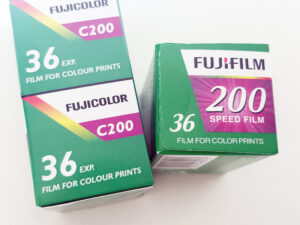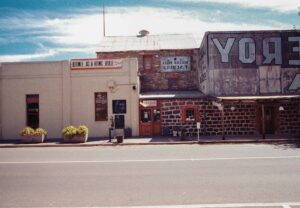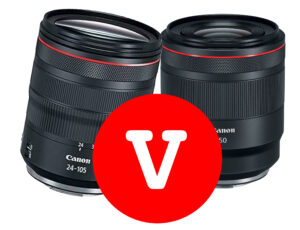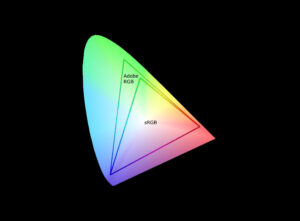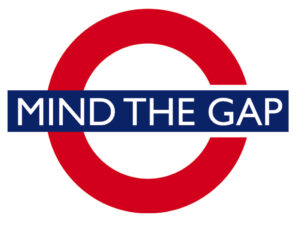Leica is doing a lot of remakes lately to bring back older lenses. We are seeing this in thr 50mm F1.2 vintage Noctilux with glossy black paint, the 35mm F1.4 Summilux retro edition, and my personal favourite, the 28mm Summaron.
Leica is a brand synonymous with precision, heritage, and photographic soul. When people talk about Leica lenses, names like the Summilux 35mm f/1.4 ASPH or the Noctilux 50mm f/0.95 usually steal the spotlight. But beyond the fanfare and flagship optics lies a secret vault of glass: forgotten Leica lenses that quietly shaped generations of photography—and still offer extraordinary results today.
In this article, we’re going deep into the lesser-known legends of the Leica M-mount and screw-mount world. We’re bringing back seven hidden gems—lenses that deserve a revival in your camera bag, not just for their performance, but for their character, build, and creative possibilities.
Whether you’re a Leica purist or simply love unique rendering, this is your guide to the unseen Leica lenses that still turn heads in the digital age.
1. Leica Elmar 50mm f/3.5 (Collapsible) – Compact Elegance from the 1930s
The Leica Elmar 50mm f/3.5 is one of the most iconic early Leica lenses—and also one of the most overlooked today. Introduced in the 1930s, this collapsible lens was originally paired with the Leica II and III rangefinders. Its rendering is soft, painterly, and full of vintage charm—perfect for street photography and atmospheric portraits.
Despite its humble maximum aperture, the Elmar 50mm f/3.5 is razor-sharp in the centre, with swirly bokeh and delicate falloff at the edges. Mounted on a Leica M with an adapter or used on digital mirrorless systems, it becomes a time machine for your photography.

Why it deserves a comeback:
- Featherweight and pocketable
- Unique rendering with a vintage glow
- Surprisingly sharp stopped down
- Collapsible design adds charm and portability
2. Summarit 50mm f/1.5 – The Forgotten Low-Light Classic
Before the Summilux series took the stage, the Summarit 50mm f/1.5 was Leica’s go-to fast lens. Produced from 1949 to the 1960s, this lens features an eight-element design with beautiful spherical aberrations that give it a dreamy, cinematic look wide open. It flares easily, vignettes dramatically, and renders glowing highlights—qualities some might call flaws, but others consider signature.
Pair this with a monochrome sensor or film, and you’ve got one of the most characterful lenses Leica ever made.

Why it deserves a comeback:
- Gorgeous glow and bokeh wide open
- Vintage Hollywood feel for portraits and street shots
- Underrated for creative shooters seeking mood
- Often available at much lower prices than modern Leica glass
3. Elmarit-M 90mm f/2.8 (Thin Version) – The Portrait Sleeper
When people think of Leica portrait lenses, they usually think of the Summicron 90mm f/2 or the Noctilux. But the thin version of the Elmarit-M 90mm f/2.8 is one of Leica’s most underrated portrait tools. Weighing just 225g and less than 40mm in length, it’s stunningly compact for a 90mm—and delivers crisp, lifelike results.
It’s perfect for travel portraits, candid street photography from a distance, and compressed landscapes. Yet despite its performance, it’s often overlooked due to its modest aperture and lack of “glamour” in Leica forums.

Why it deserves a comeback:
- Ultra-light and compact for a 90mm
- Razor-sharp wide open with creamy backgrounds
- Affordable on the second-hand market
- A travel photographer’s dream telephoto
4. Summaron 35mm f/2.8 – Wide-Angle Soul in a Tiny Package
The Leica Summaron 35mm f/2.8 is the smaller, quieter sibling of the famous 35mm Summicron. Built from the mid-1950s to early 1970s, this compact wide-angle lens delivers razor-sharp results, with just a touch of vintage softness at the edges.
It’s known for its high contrast, beautiful micro-contrast, and slightly vignetted corners—characteristics that make it a cult favourite among classic Leica shooters. It also has beautiful sunstars when stopped down, and renders cityscapes and architectural lines with classic Leica precision.

Why it deserves a comeback:
- Legendary sharpness and build
- Classic rendering with strong micro-contrast
- Beautiful sunstars for street and travel photography
- A slice of Leica history in your pocket
5. Hektor 135mm f/4.5 – Leica’s Forgotten Telephoto Workhorse
The Hektor 135mm f/4.5 is probably the least glamorous lens on this list—but it’s an optical sleeper. Designed in the 1930s and continued through the 1960s, this lens was built for detail work, sports, and stage photography.
It’s slow by modern standards, and the rangefinder’s limited focusing accuracy at 135mm means you’ll need skill and patience. But if you want a lens with vintage contrast, pastel rendering, and immense reach, this forgotten telephoto is a unique choice—especially when adapted to mirrorless digital bodies.

Why it deserves a comeback:
- Sharp, vintage rendering for documentary work
- Great for detailed shots at distance
- Unique telephoto character
- Affordable and well-built
6. Summar 50mm f/2 – The Soft-Focus Dream Maker
The Leica Summar 50mm f/2 has a reputation for being soft, swirly, and prone to flare—but that’s exactly its charm. This pre-war lens (produced from 1933–1939) was one of the first fast Leica lenses and became famous for its glowing highlights and painterly character.
Today, portrait and fine art photographers are rediscovering it as a soft-focus dream machine. Mounted on a modern digital Leica or Sony body, it creates a look that no modern lens can replicate. Its flaws are its signature.

Why it deserves a comeback:
- The king of character rendering
- Unique glow and swirly bokeh
- Ideal for creative, nostalgic portraits
- A talking point in any camera bag
7. Tele-Elmar 135mm f/4 – The Forgotten Precision Tool
Another 135mm? Yes—but the Tele-Elmar is a completely different beast. Unlike the Hektor, this lens offers much better sharpness, lower chromatic aberration, and improved ergonomics. It’s an excellent performer for stage photography, compressed urban scenes, and stealthy street portraits.
And with rangefinder-coupled focus and a built-in hood, it’s far more usable on M-mount bodies than its older cousin.

Why it deserves a comeback:
- Excellent sharpness and contrast
- Useful built-in lens hood
- Perfect for discreet street compression shots
- A sleeper performer at a bargain price
Why Rediscovering Forgotten Leica Lenses Matters
In the age of ultra-sharp, clinical lenses, something gets lost—character. Leica’s forgotten lenses remind us that photography is not just about perfection, but about emotion, storytelling, and atmosphere. These lenses are tools of interpretation, not replication. They translate reality through a vintage lens—literally and figuratively.
And with the rise of mirrorless digital cameras and M-mount adapters, these once-abandoned optics are getting a new lease on life. They’re lighter, cheaper, and more personal than many modern alternatives.
For photographers looking to stand out in a sea of sameness, reaching into the past might just be the most creative move you can make.
Final Thoughts: Start Your Leica Time Machine
If you already own a Leica M, or shoot with a digital mirrorless system like the Sony A7 series, Fuji X, or Nikon Z, there’s no better time to explore these hidden treasures. Most of these lenses can be found on eBay or KEH for a fraction of the cost of modern Leica glass—and often in stunning mechanical condition.
Remember: the perfect lens isn’t always the newest one. Sometimes, the most soulful images come from imperfect optics with stories etched into their brass barrels and faded coatings. The unseen Leica lenses might just be the secret ingredient your photography has been missing.




